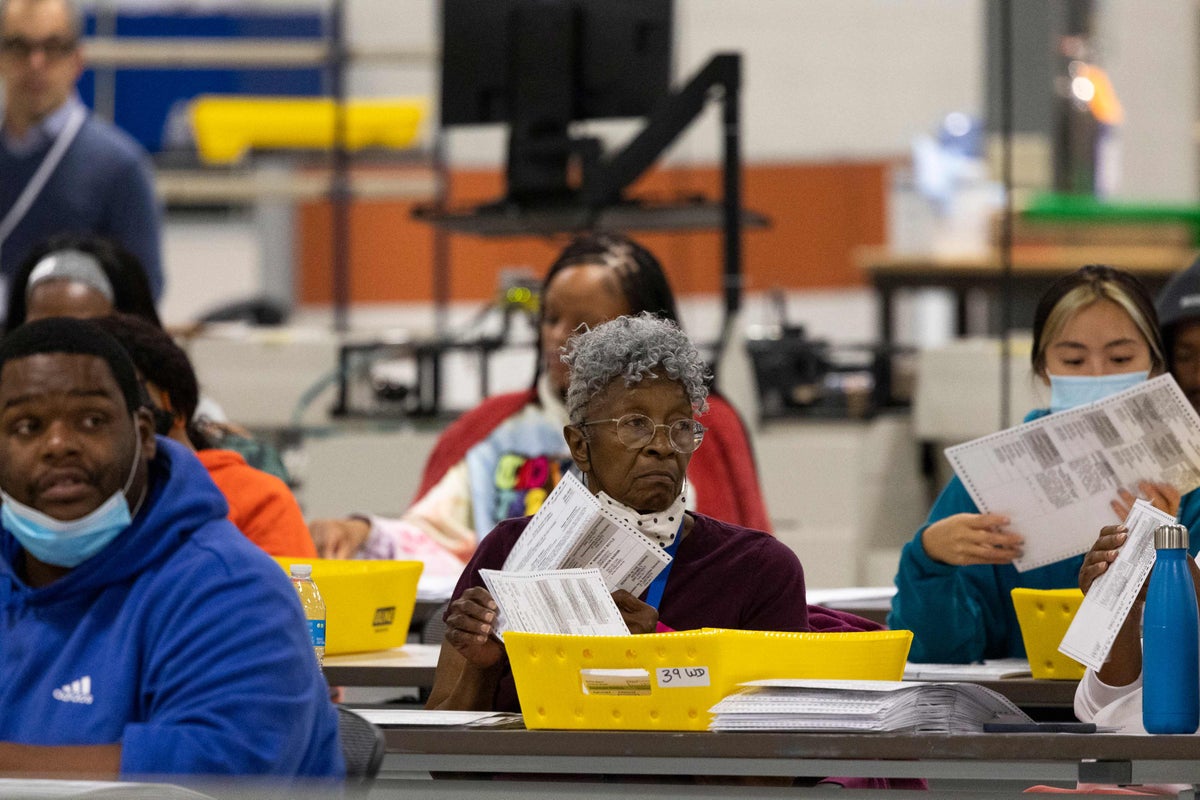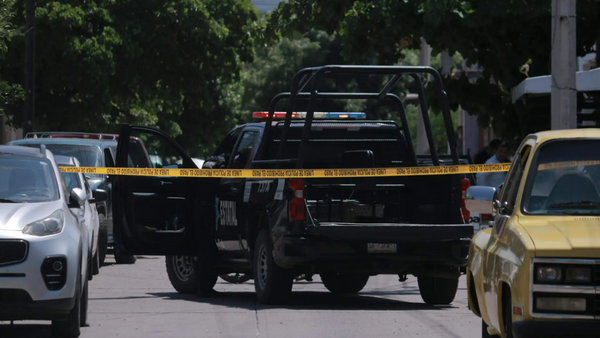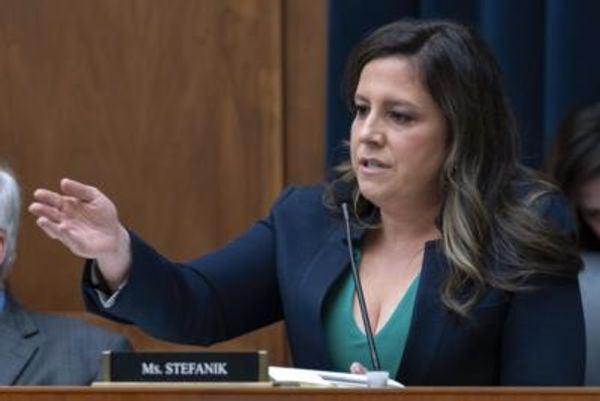
Texas Senator Ted Cruz asked on Twitter why “only Democrat blue cities take ‘days’ to count their votes” while “the rest of the country manages to get it done on election night.”
Not only is that statement completely false, it suggests that so-called “Democrat blue cities” are manipulating the results, amplifying a bogus narrative of widespread voter fraud that has captivated Republican politics in the leadup to 2022 midterm elections.
After a Pennsylvania elections official said that it could take “days” to complete the state’s vote count, Republican candidate for governor Doug Mastriano baselessly asserted “that’s an attempt to have the fix in.”
But in 16 states, including Pennsylvania, election officials are not legally allowed to tally results until after polls close. Counties across the US do not complete their vote count on election night.
And in Pennsylvania, the state’s Republican-controlled legislature has prohibited election officials from counting or even processing early ballots until Election Day.
A last-minute change in the state’s largest city of Philadelphia, for example, will likely slow the ballot-counting process after a judge gave it the greenlight following a Republican-led lawsuit targeting the largely Democratic city.
“I want to be very clear that when there are conversations that occur later this evening about whether or not Philadelphia has counted all of their ballots,” according to Seth Bluestein, the only Republican commissioner on Philadelphia’s board of elections board.
“The reason that some ballots would not be counted is that Republicans targeted Philadelphia – and only Philadelphia – to force us to conduct a procedure that no other county does,” he said.
US elections are not nationalised but run locally and at the state level, subject to different rules and regulations in each jurisdiction.
Many states also count mail-in or absentee ballots that arrive after Election Day, as long as they are postmarked in time, and also give voters an opportunity – after Election Day – to correct issues with their ballots, including signature verification or proof of their identity.
The delays are also not just an issue with actual processing rules but with simple mathematics: the more ballots there are, the longer they take to count. Those delays are compounded by an increase in the use of absentee ballots during the coronavirus pandemic.
Election rules also mean that the vote “results” that people are seeing can change over time. In one race, for example, where Democratic voters cast more mail-in ballots than in-person ballots , and more Republicans cast their ballots in person, the early results could show what has been called a “red mirage” begin to dissipate as those mail-in ballots are processed.
“It takes time to accurately tabulate millions of ballots,” two groups that represent the country’s secretaries of state and election directors said in a joint statement. “We implore voters and members of the media to allow election officials to do their work.”
Donald Trump and his allies have repeatedly falsely claimed that anything other than immediate results on election night suggests evidence of fraud.
The former president has spent years undermining the electoral process, from his baseless claim that “millions” of illegal votes were cast in the 2016 election, which he won, to his attacks against the legitimacy of mail-in and absentee ballots in the lead up to the 2020 election, before a single one was cast.
Meanwhile, Republican Party-backed legal challenges have attempted to disqualify voters or toss out ballots in battleground states where elections could be decided on relatively close margins.
“While the focus on election night is on who won and who lost, election night results are always unofficial,” according to the statement from the National Association of Secretaries of State and the National Association of State Election Directors.
“In the days and weeks to come, election officials will count every eligible ballot within the bounds of state laws, including provisional ballots, mail ballots, and ballots cast by military and overseas voters,” the groups wrote. “This critical process is normal, as it takes time to accurately tabulate millions of ballots. Some races will be close and may require a recount or a recanvass, depending on the state, but every eligible ballot will be counted as cast.”







